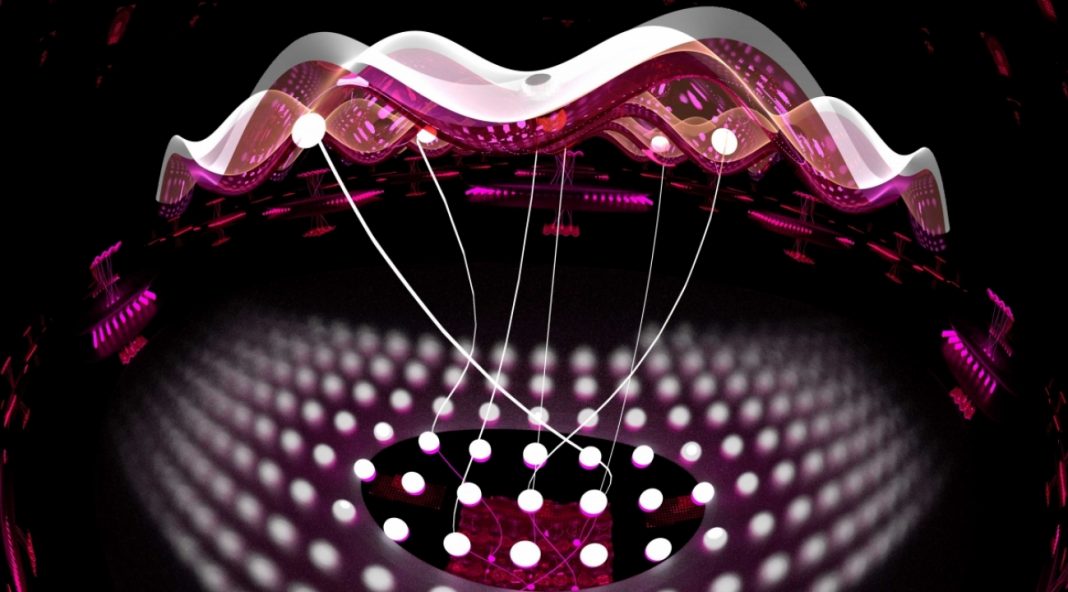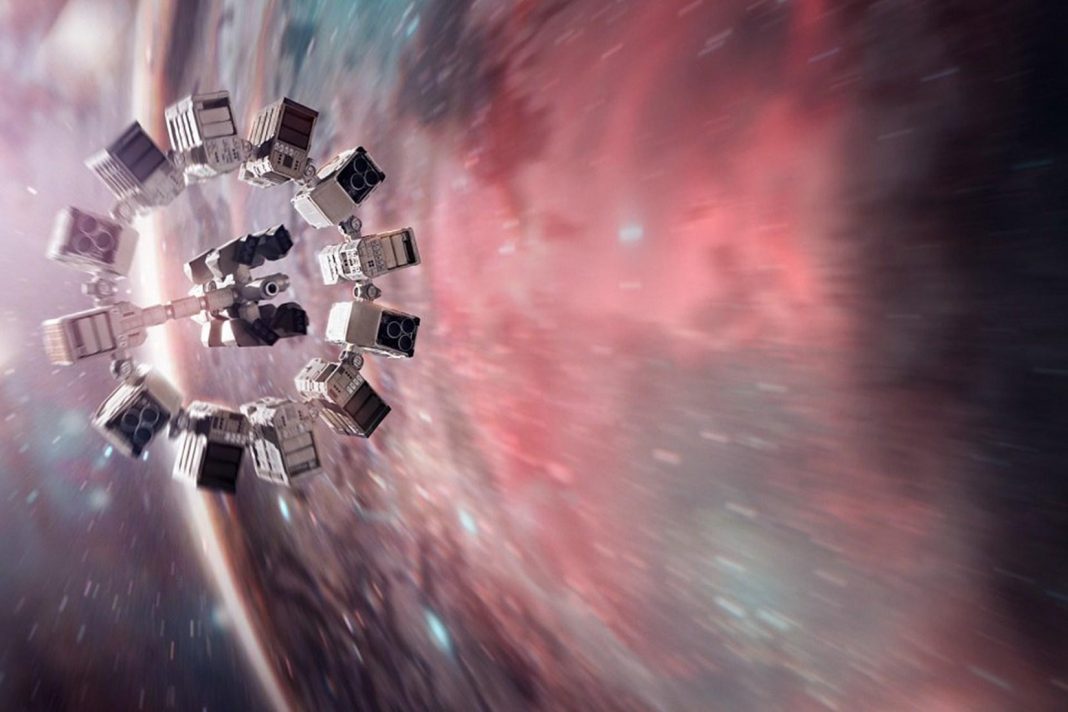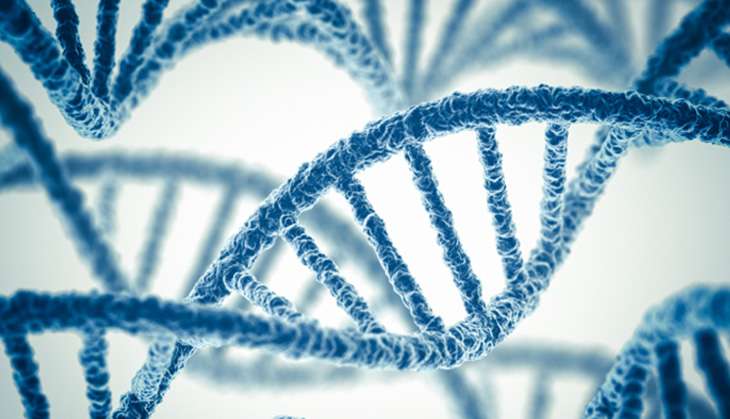Modern technology has learned to embrace the likes of artificial intelligence, including machine learning, and as a result, some fantastic tools and techniques have been developed. This includes a whole range of devices from as small as a speech recognition system to a full-blown self-driving vehicle. Since these successes, researchers have looked to use machine learning in a different aspect: in quantum physics.
A recent study was conducted by researchers from JQI and the Condensed Matter Theory Center (CMTC) at the University of Maryland in which they demonstrated how certain neural networks can be used to describe a large portion of quantum systems. Dongling Deng is a JQI Postdoctoral Fellow and member of CMTC and first author of the paper. He feels that researchers would benefit from the descriptions neural networks provide if using computers to study quantum systems. “If we want to numerically tackle some quantum problem we first need to find an efficient representation.”
When it comes to representing quantum systems, the representation will normally consist of a list of numbers advising on the likelihood that a system will be found in different quantum states. However, as the number of quantum particles grows, the more difficult it becomes to extract properties or predictions from the description. And it’s also come to light that the whole phenomenon of entanglement also thwarts the representations.
Deng and his colleagues, CMTC Director and JQI Fellow Sankar Das Sarma and Fudan University physicist and former JQI Postdoctoral Fellow Xiaopeng Li, used neural networks that represented quantum systems harboring lots of entanglement. “This research is unique in that it does not just provide an efficient representation of highly entangled quantum states,” said Das Sarma. “It’s a new way of solving intractable, interacting quantum many-body problems that use machine learning tools to find exact solutions.”
AlphaGo was powered by neural networks and their accompanying learning techniques and managed to beat some of the world’s best Go players. At around the same time, a paper was published that discussed the idea of using neural networks to represent quantum states. “We immediately recognized that this should be a very important paper so we put all our energy and time into studying the problem more,” said Deng. As a result, the team managed to obtain a complete account of what certain neural networks capabilities were in order to represent quantum states.
During their research, the team focused on studying those neural networks that use two very different groups of neurons: visible neurons and hidden neurons. The first represents real quantum particles while the second link up with the first. Together they capture the physical interactions between real particles. This neural network will always remain simple as long as the number of connections stays small.
The new framework created allows Deng, collaborators, and others moving forward to prove various aspects of quantum states represented by neural networks. But even Deng recognizes that these networks can’t capture everything. “The area very restricted regime,” he commented. He also added that they don’t allow for efficient universal representation.
More News to Read
- A New Large Hadron Collider Discovery Adds Strangeness to the Already Strange
- Tesla Passed BMW in Market Value
- Hack Your Genes for Weight Loss and Anti-Aging.
- Scientists Discover Way to Repair Broken DNA
- How Worried Should We Be About the Rate of Artificial Intelligence Advancement?











